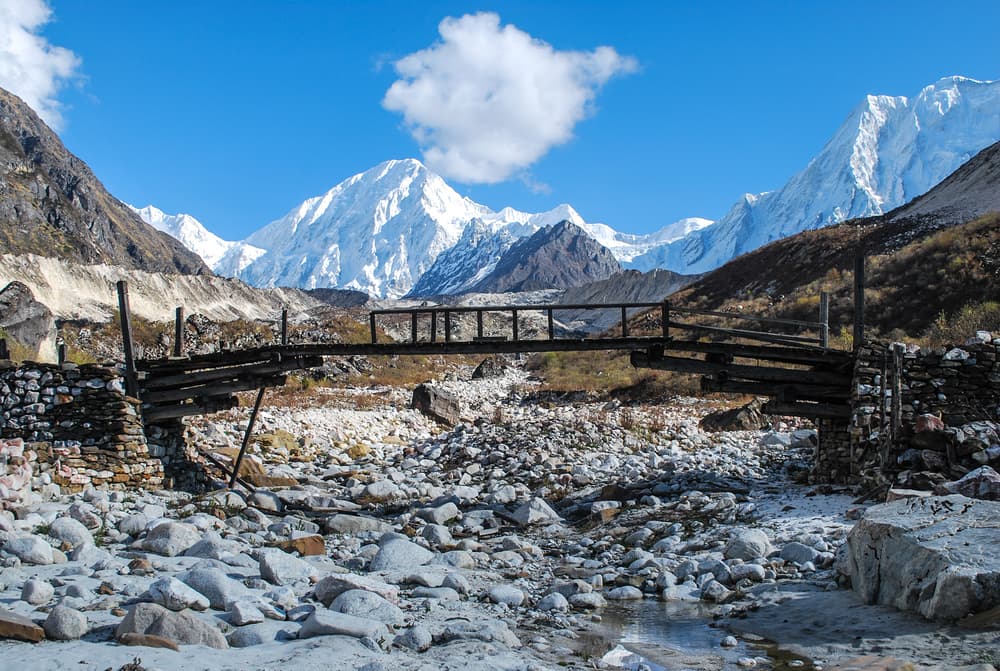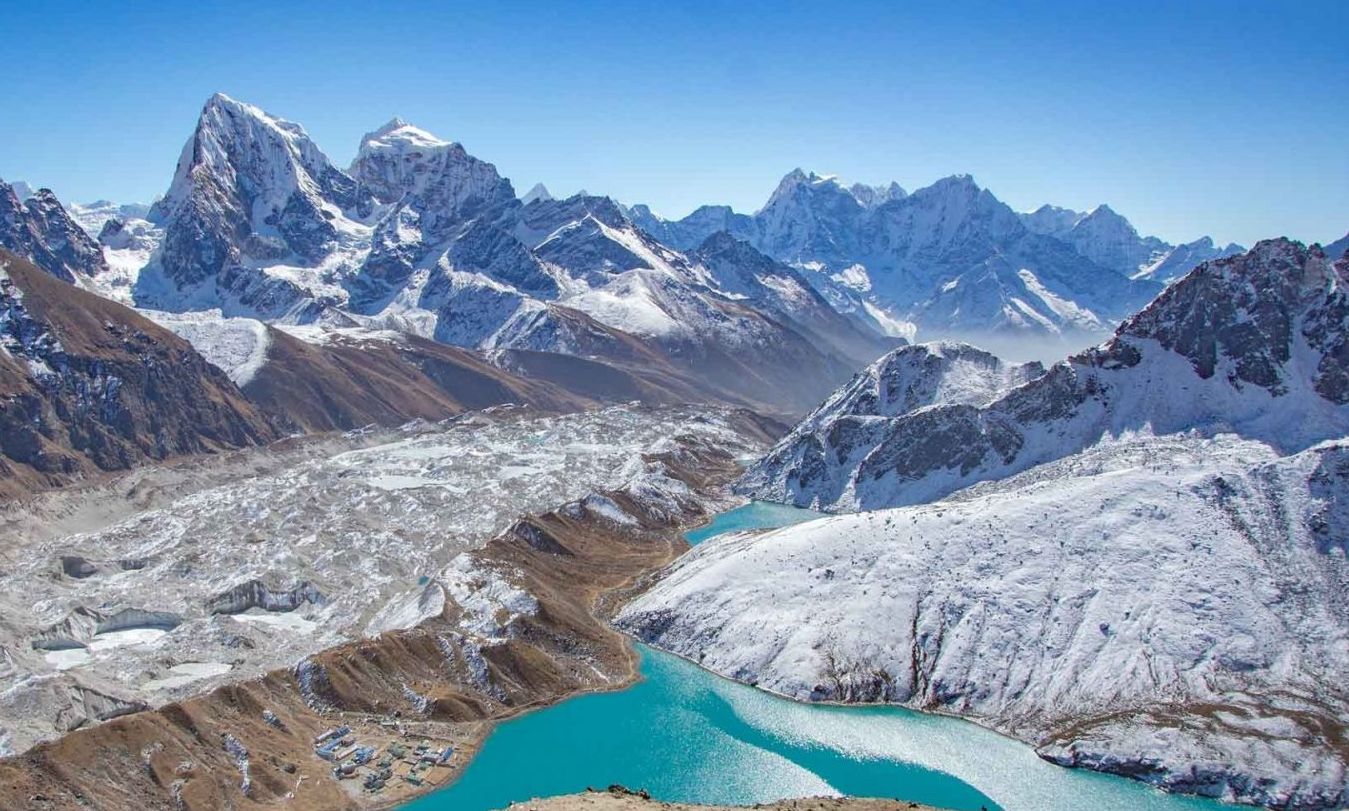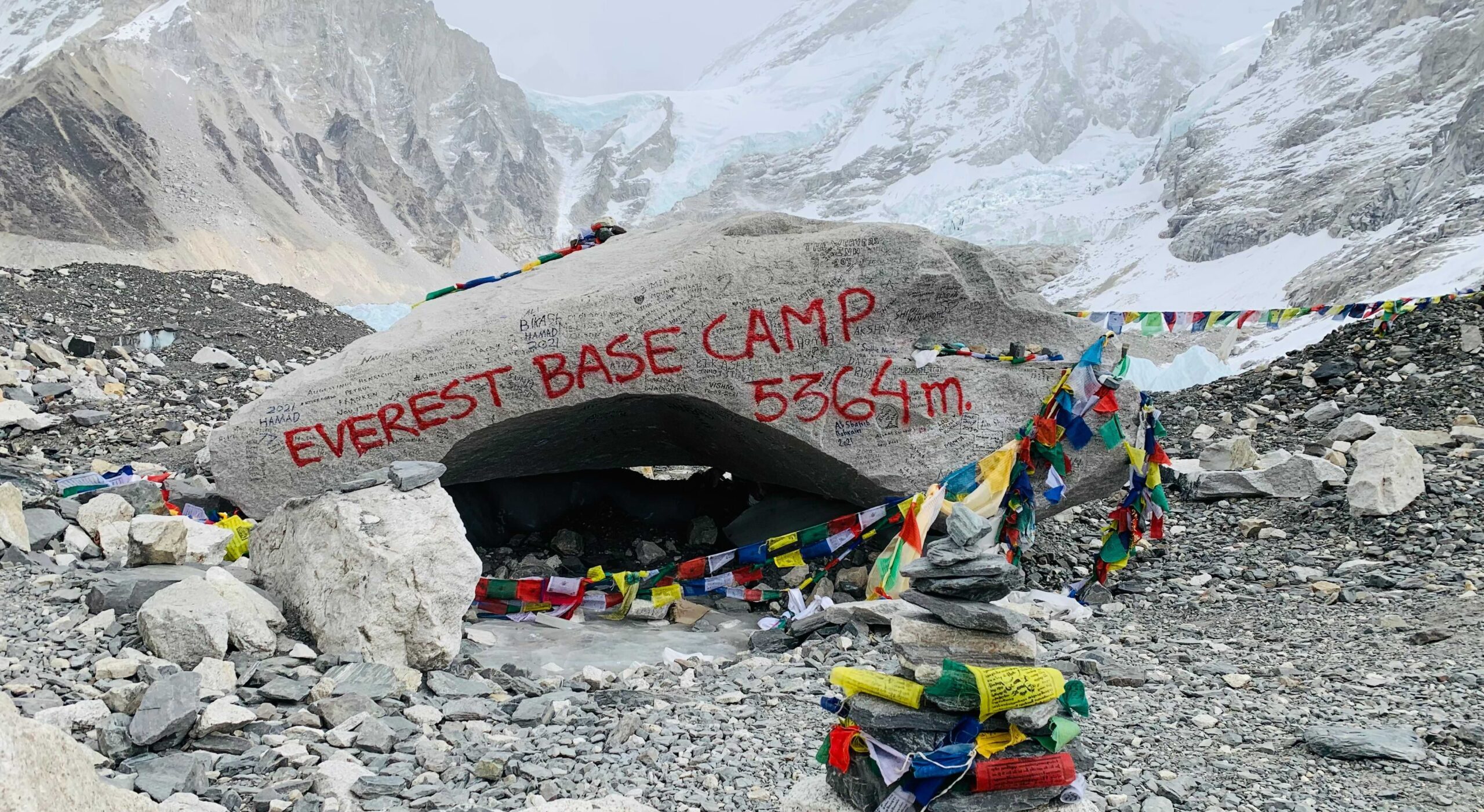Upper Mustang Trek Overview
The Upper Mustang Trek is one of Nepal’s most fascinating and culturally rich journeys, often referred to as the “Last Forbidden Kingdom.” Tucked away in the rain-shadow region of the Himalayas, Upper Mustang remained isolated from the outside world until 1992. Because of this, the area has retained its ancient Tibetan Buddhist culture, traditional architecture, and untouched natural beauty, making it a truly rare destination for trekkers seeking a deep cultural and spiritual experience.
The trek takes you through arid desert landscapes, dramatic rock formations, deep canyons, and ancient cave systems, all set against a backdrop of snow-capped peaks. Unlike other parts of Nepal, Upper Mustang’s geography and climate resemble the Tibetan Plateau more than the lush hills of the lower Himalayas. The region lies in the rain shadow of the Annapurna and Dhaulagiri ranges, making it ideal for trekking even during the monsoon season.
Culturally, Upper Mustang is a living museum. The medieval walled city of Lo Manthang, the capital of the former Mustang Kingdom, is a highlight of the trek. Here, trekkers can explore centuries-old monasteries, royal palaces, and whitewashed houses that reflect Tibetan architecture. Locals still practice time-honored rituals and festivals like Tiji, a colorful and deeply spiritual celebration held annually in Lo Manthang. The interaction with the warm-hearted local people adds another layer of depth to the experience.
The Upper Mustang Trek is considered moderately difficult, with the highest elevation being around 4,200 meters at some of the mountain passes. Though it doesn’t involve extreme altitude, the dry climate, strong winds, and long walking days can be physically demanding. The trek usually starts with a flight from Pokhara to Jomsom, followed by days of walking through rugged terrain and small villages like Kagbeni, Ghiling, Tsarang, and Lo Manthang.
One of the unique aspects of this trek is the restricted area permit, which helps preserve the culture and environment by limiting the number of visitors. Because of this, trekkers need to go with a registered trekking agency and be in groups of at least two. This restriction ensures that the Upper Mustang remains less crowded, making it more peaceful and exclusive compared to popular routes like Everest or Annapurna Base Camp.

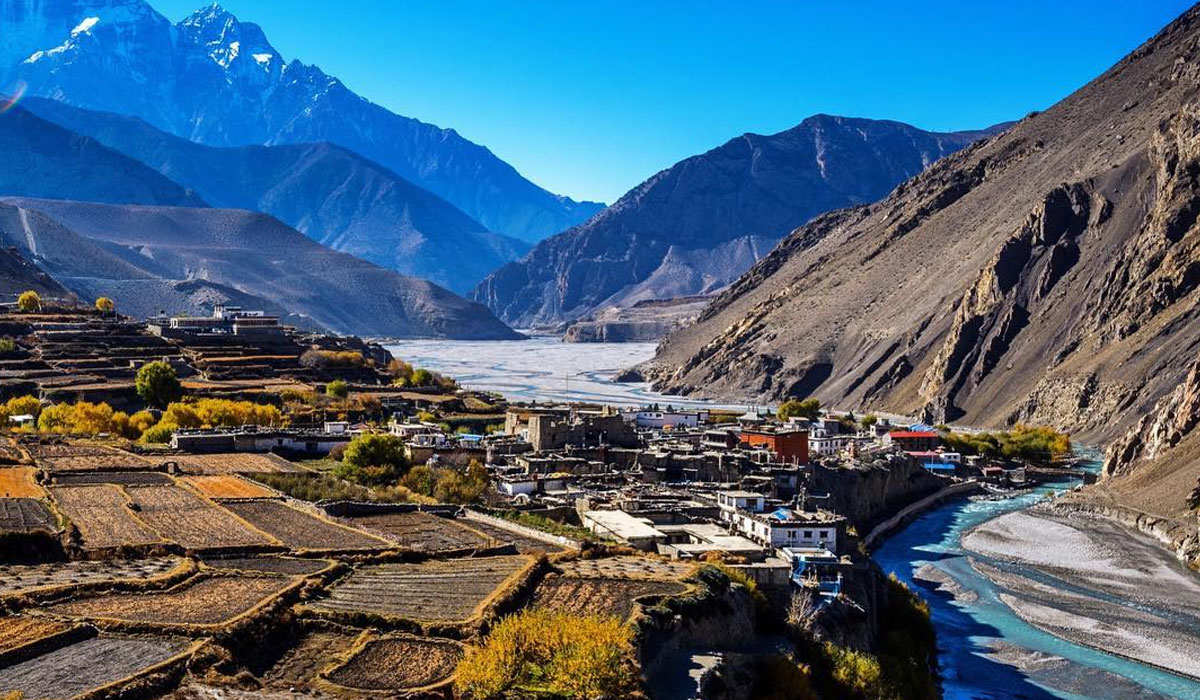

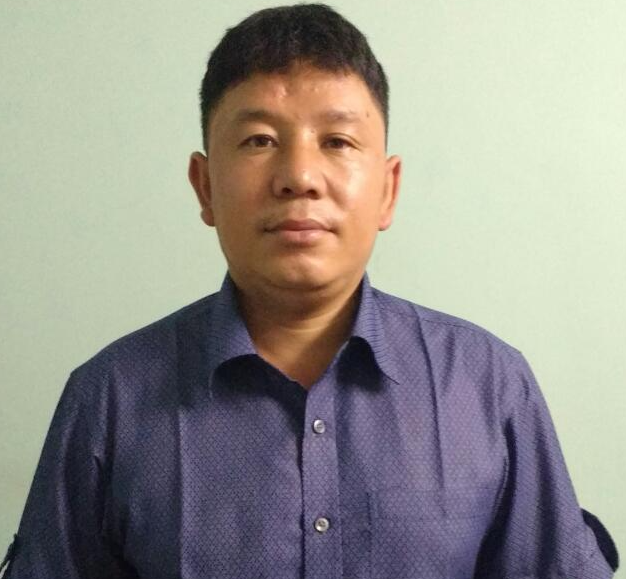 Have Questions?
Have Questions?
